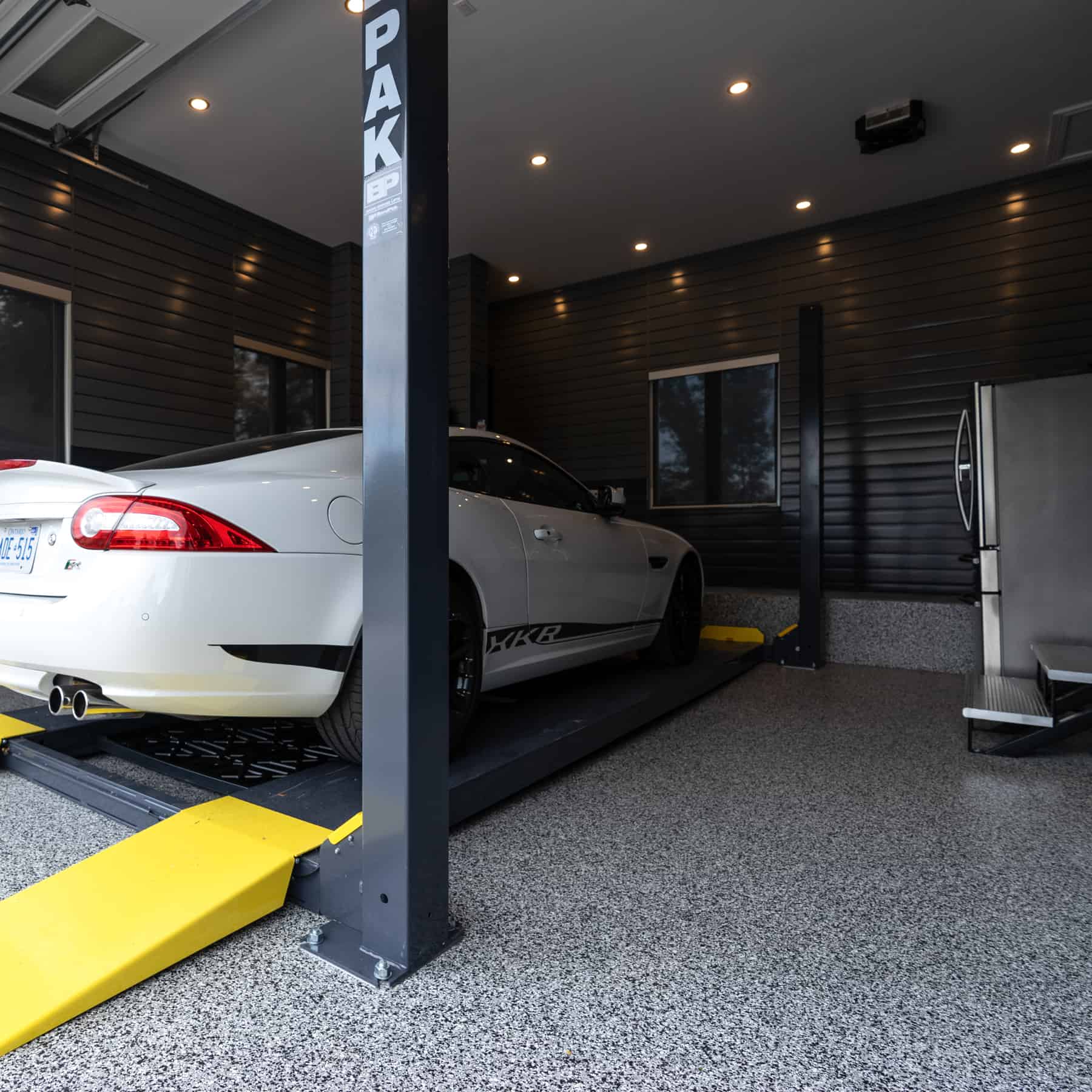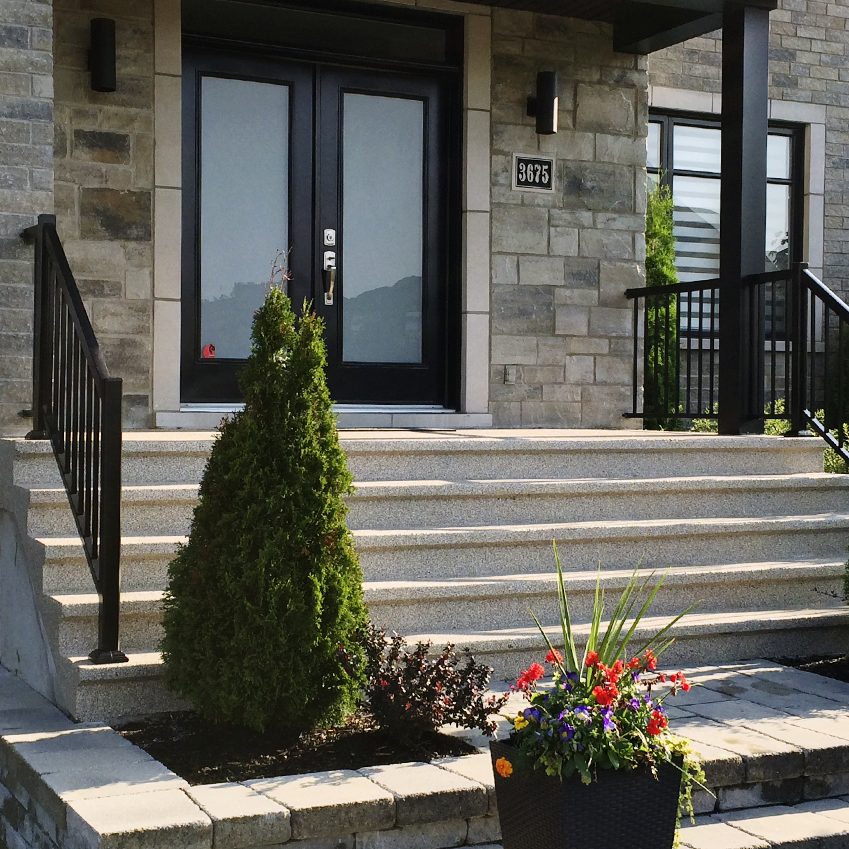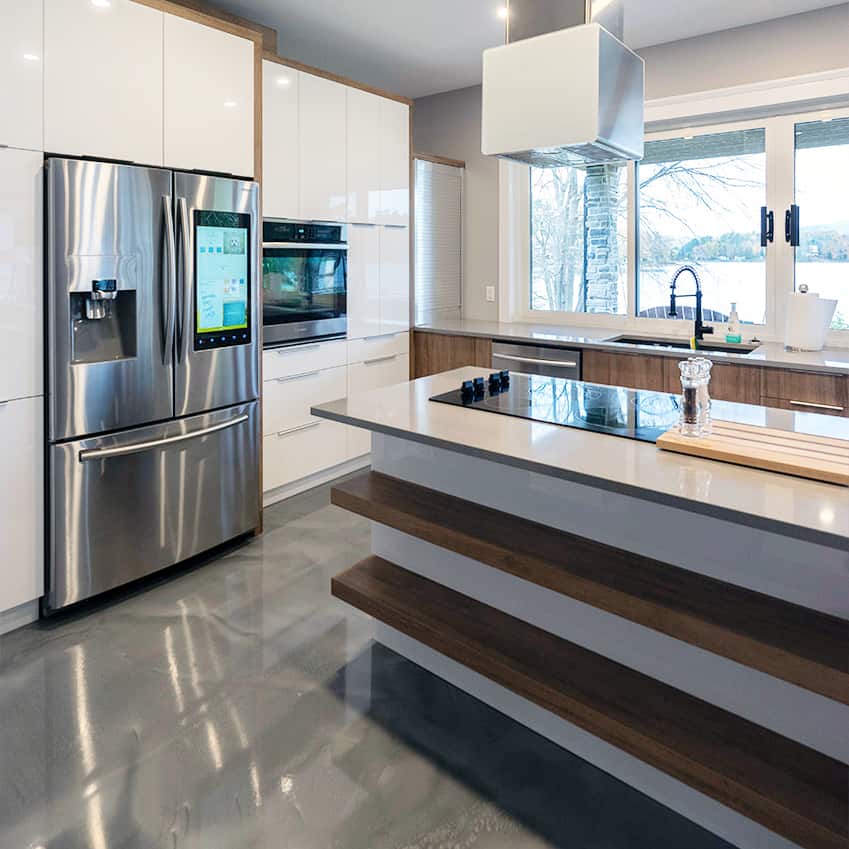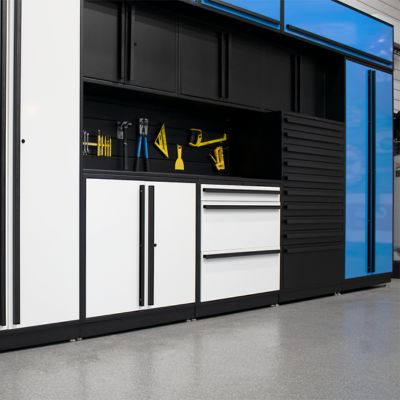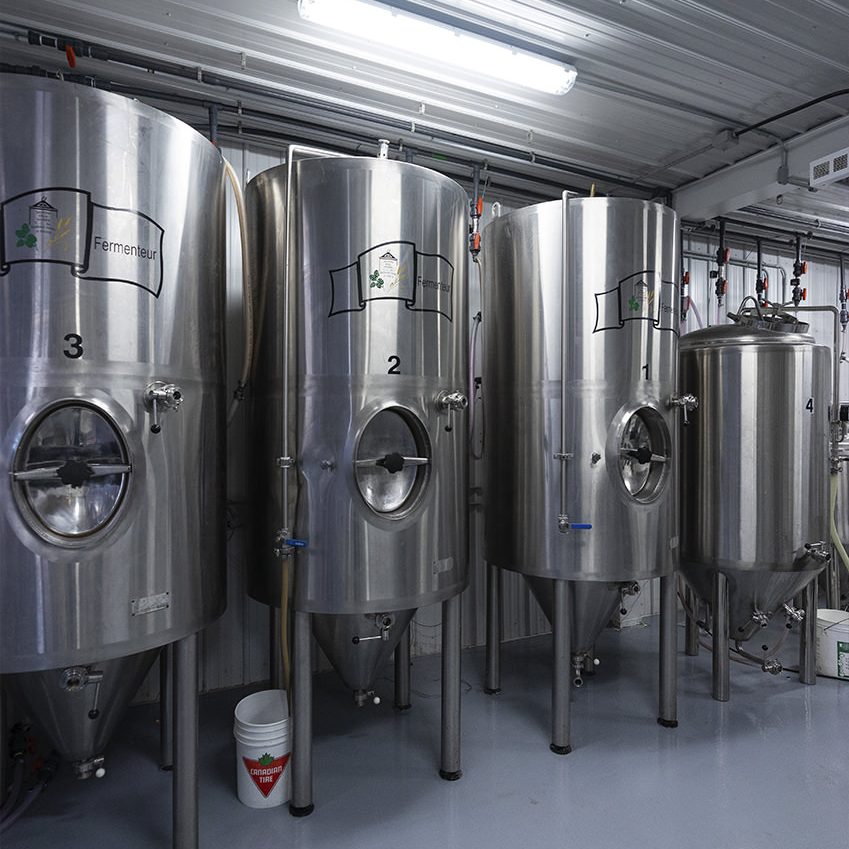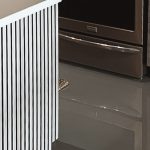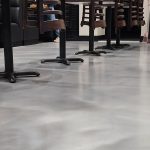Epoxy vs. polyaspartic: which flooring is best?
Are you facing this renovation dilemma? Trying to decide which floor coating to choose – epoxy or polyaspartic? Then, read on!
The truth is, epoxy can be the ideal choice, and so can polyaspartic, depending on a variety of factors: location of the room, typical usage, budget, and of course, personal preference. For instance, you likely wouldn’t install the same garage floor coating that you would use for a kitchen floor. Once you know which features are most important for your flooring project, you can determine which coating will work best.
The differences between epoxy and polyaspartic
Epoxy is a hard, thick, and impact-resistant coating that can be used as a resurfacing agent and repair material on cracks. It has a visually appealing, modern look that is well-suited for most kitchens, living spaces, and bathrooms.
Polyaspartic, a type of polyurea, has a higher resistance to chemicals than epoxy and is U.V. stable. This makes it a better option for garage floors and exterior spaces, offering protection against stains, damage, chemicals and wear.
Both floor coatings are light reflective, easy to clean, and long lasting.
To help you make an informed decision, our experts have created this practical guide with a breakdown on epoxy and polyurea features, and which floors they’re best suited for.
We hope this is enough to help you settle the epoxy versus polyurea debate! If you need more help, do not hesitate to get in touch with us. We’ll be happy to help you find the right material for your project.
Why choose polyaspartic coating?
Polyaspartic is a solid, extremely durable material that performs exceptionally well on garage floors and in exterior spaces like a pool deck or patio. Polyaspartic shows an impressive resistance to temperature variation, and is UV-resistant. If you have an outdoor flooring project, our suggestion would be to go with a polyaspartic coating.
Not just for exteriors, polyaspartic is also a great solution for a garage floor coating. Stronger than epoxy, this coating is hard to crack. It’s also resistant to any chemical stains or damage. Think of polyaspartic as an added layer of protection that will extend the life of your concrete for many years.
Polyaspartic works best for floors that need to stand up to temperature fluctuations, water, weight and shocks. It is known for its durability and flexibility more than its aesthetic; however, polyaspartic concrete coating can still be customized to suit your style and enhance the appearance of your space.
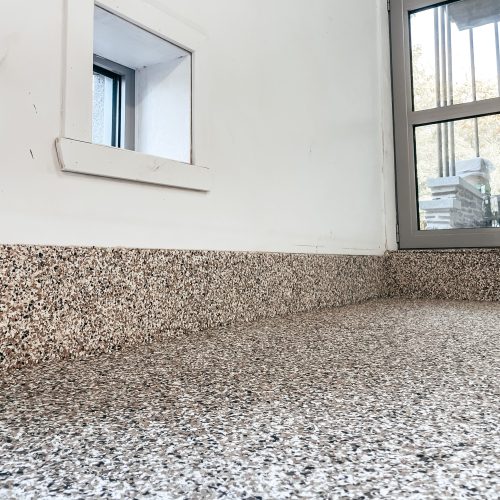
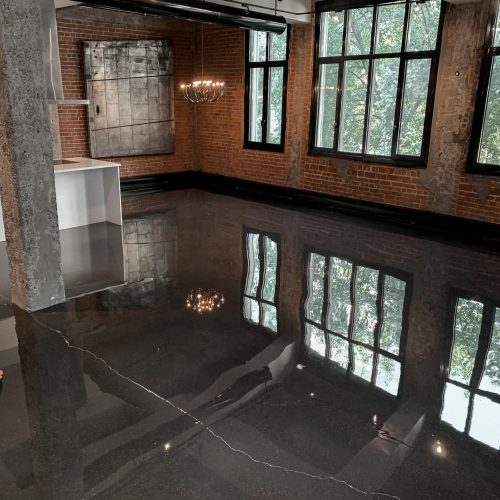
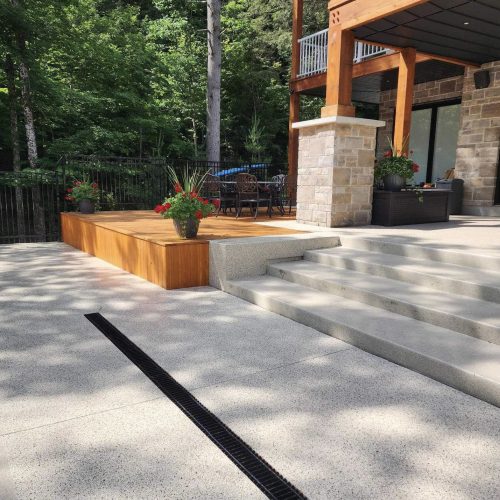
What are the advantages of epoxy?
We don’t recommend using epoxy in a garage, but if you do, we suggest avoiding clear or light colour epoxy that will turn yellow. Epoxy is much better suited for basements, living spaces and bathrooms than a garage, thanks to its clean and contemporary style.
Epoxy also comes in a wide range of colours to allow you to easily match your flooring to your decor. For example, solid epoxy would be a great choice for a kitchen reno. If you’re updating your basement rec room, our experts suggest metallic epoxy.
Our metallic epoxy options feature interesting design effects and a rich, luxurious finish. Each style results in a unique look based on the creativity of the artist installing this beautiful flooring.
Epoxy or polyurea: and the winner is…
As you can see, the answer depends on several factors. In general, for exterior or garage coatings, we suggest polyurea coating. Our experts agree epoxy is more suitable for your interior rooms.
For indoor concrete floor coating project, you can choose between different types of epoxy, such as metallic epoxy or solid colour.
If you are still unsure which concrete coating will work best for your project, our flooring specialists would be happy to chat and offer a no-pressure estimate.
YOUR GARAGE CAN BE BETTER. WE’D BET ON IT!
A turnkey setup, without the hassle.
Still got questions?
Let us know!
Fill the form bellow
